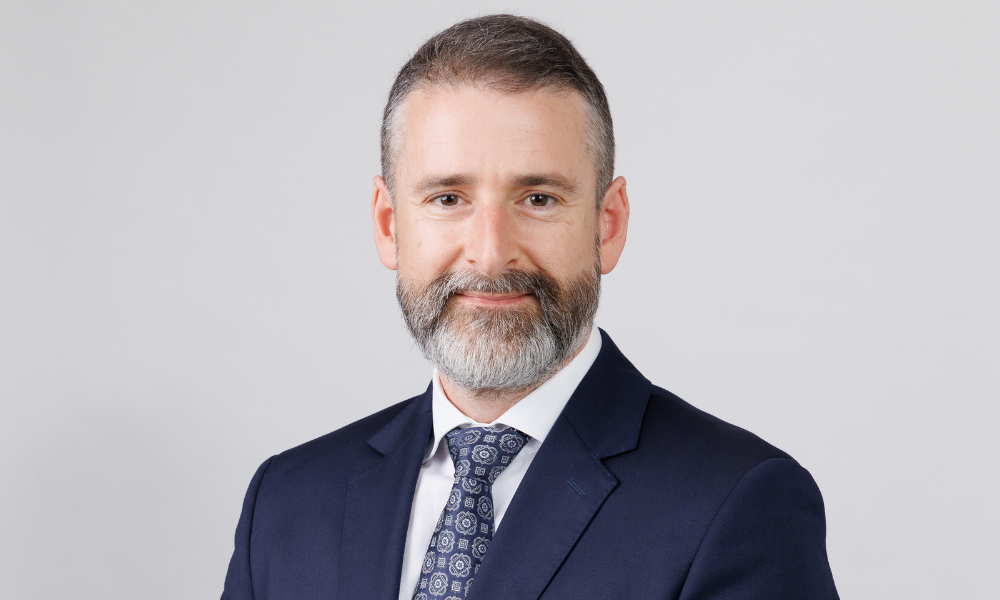New supply nears historical average

Office vacancy rates across Australia’s major cities remained largely stable over the past six months, with new supply continuing to shape market trends, according to the latest Office Market Report from the Property Council of Australia.
The report showed that the combined vacancy rate for central business district (CBD) and non-CBD office spaces edged up by 0.1 percentage point to 14.7%. The national CBD office vacancy rate increased slightly from 13.6% to 13.7%, while non-CBD vacancies held firm at 17.2%.
Vacancy rates varied across the five largest capital cities. Sydney and Brisbane experienced rising vacancy rates, influenced by new office developments, while Adelaide and Perth saw declines. Melbourne’s remained unchanged.
Sydney’s office vacancy rose from 11.6% to 12.8% after 164,552 square metres of new office space was introduced — more than double the historical average of 74,361 square metres. Brisbane’s vacancy increased from 9.5% to 10.2%. Meanwhile, Melbourne remained steady at 18%, Perth’s vacancy rate dropped from 15.5% to 15.1%, and Adelaide saw a more significant decline from 17.5% to 16.4%.
Other cities recorded mixed results. Canberra’s vacancy rate decreased slightly from 9.5% to 9.2%, while Hobart — despite a rise from 2.8% to 3.6% — maintained the lowest office vacancy rate nationwide. Darwin saw the largest decline, with vacancies falling from 14.4% to 11.9%.
Property Council chief executive Mike Zorbas (pictured above) said that more than 220,000 square metres of office space were added nationwide in the past six months, closely aligning with the long-term average of 237,000 square metres.
“We have continued to see the supply of new office space above or near the historical average, providing access to a wealth of new, high-quality office space in our cities,” Zorbas said. “Vacancy levels continue to be driven by this large level of supply, as demand has remained positive.”
Looking ahead, 333,000 square metres of new supply are expected to be completed in the next six months, surpassing the historical average.
Long-term projections indicate Sydney will add 277,048 square metres of office space by 2027, with nearly half pre-committed. Melbourne will gain 252,627 square metres, with 26.9% pre-committed, while Brisbane will see 162,630 square metres, with 67.9% already leased.
Sublease vacancy — a measure of businesses leasing out excess space — declined across both CBD and non-CBD markets. However, Melbourne and Brisbane remained above historical averages for sublease vacancies, signalling ongoing market adjustments.
Want to be regularly updated with mortgage news and features? Get exclusive interviews, breaking news, and industry events in your inbox – subscribe to our FREE daily newsletter. You can also follow us on Facebook, X (formerly Twitter), and LinkedIn.



